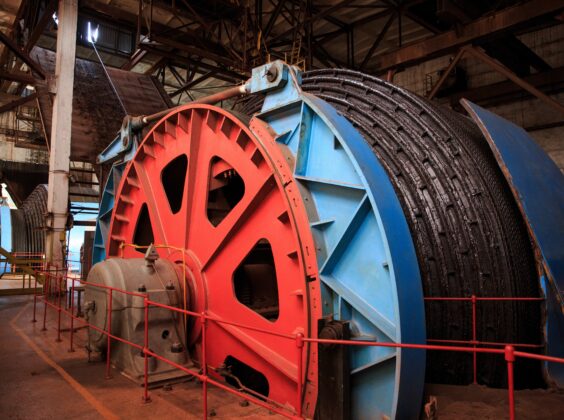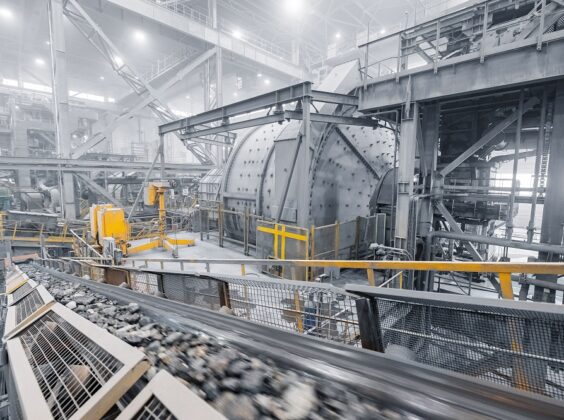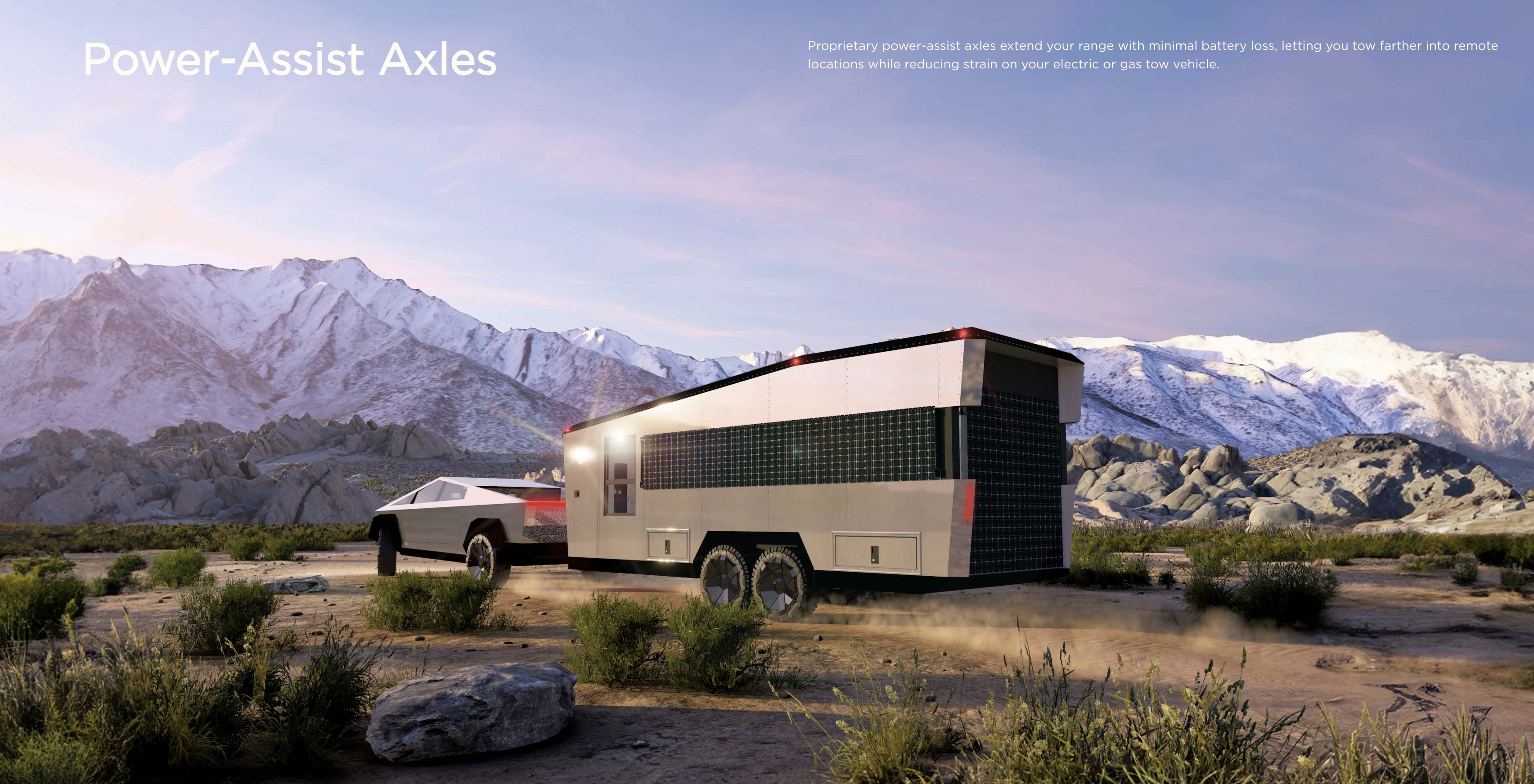Large motors are vital components in modern mining, driving essential operations from ore extraction to material handling and processing. These motors, which can range from hundreds of kilowatts to several megawatts, not only ensure operational efficiency but also present a significant opportunity for energy optimisation, ABB writes.
Mining operations are among the most energy-intensive industries in the world with motors often accounting for more than half of total electricity consumption. As mining companies face increasing pressure to reduce carbon emissions and improve sustainability, innovations in motor technology, process automation and energy management are becoming central to both operational cost savings and environmental responsibility.
Advances in motor design, control systems and integration with digital platforms now enable mining companies to operate with higher efficiency, lower emissions and greater reliability, according to ABB. Beyond the technical advantages these innovations are increasingly critical for meeting investor expectations, regulatory requirements and broader industry commitments to net-zero emissions.
Energy efficiency and operational optimisation
Large motors power the most energy-intensive aspects of mining operations. From conveyors and crushers to mills, pumps, fans and hoists, motors are essential to every stage of production. Optimising the performance of these systems can lead to substantial cost savings, reduced downtime, and extended equipment lifespans.
Implementing high-efficiency motors, variable frequency drives (VFDs) and smart monitoring systems across these applications enables mining companies to adjust motor speeds to match load requirements. This not only reduces energy consumption but also mitigates mechanical stress, helping prevent breakdowns and prolonging the life of critical equipment. Real-time performance monitoring allows operators to detect inefficiencies, plan predictive maintenance and respond proactively before small issues become costly disruptions.
For example, at Prominent Hill mine in Australia ABB’s upgrade of electrical and motor systems – including high-efficiency motors and integrated VFDs – supported a production increase of around 30%, the company says. At the same time energy use across key motor-driven processes was optimised, illustrating how targeted motor technologies can deliver both operational gains and energy savings.
While Prominent Hill is just one example, similar strategies are being deployed across mining sites worldwide, from copper and nickel mines to industrial mineral operations, demonstrating the broad potential of motor optimisation.
Decarbonisation and emission reduction
Decarbonisation is one of the most pressing challenges facing the mining sector. Mining has traditionally relied heavily on diesel-powered machinery, which contributes significantly to greenhouse gas emissions. Transitioning to energy-efficient and electrically driven motors across extraction, material handling and processing segments is a direct way to reduce this reliance.
Electric motors, when combined with renewable energy sources or low-carbon electricity grids, can dramatically lower the carbon footprint of mining operations.
Electrification reduces fuel consumption, improves operational efficiency and provides more consistent performance under variable load conditions. Moreover, it supports compliance with emerging regulatory requirements, carbon reporting frameworks and ESG commitments that are increasingly influencing investment and financing decisions.
At Prominent Hill, ABB’s solutions enabled the electrification of key motor-driven systems, reducing the mine’s dependence on diesel-powered equipment. The integration of energy-efficient motors, smart drives and process optimisation not only improved energy efficiency but also supported measurable reductions in operational emissions. Across the sector, similar approaches are helping mining companies reduce Scope 1 and Scope 2 emissions while maintaining productivity and meeting broader sustainability targets.
In addition to direct energy savings, electrification of motors opens the door to other sustainability initiatives. For instance, digitally-connected motors provide data that can inform energy management strategies, allowing operators to shift energy use to periods when renewable energy is more abundant. These capabilities exemplify how advanced motor technology is not just a tool for operational efficiency but also a key enabler of long-term decarbonisation.

Enabling advanced automation and electrification
Modern mining increasingly relies on automation to improve precision, productivity and safety. Large motors play a central role in enabling these automated processes, powering equipment such as conveyors, crushers, hoists and material handling systems. When motors are combined with automation technologies, they allow for more accurate process control, reduced human intervention and enhanced safety in hazardous mining environments.
Electrification of motor-driven equipment further supports automation by providing consistent, controllable power for complex systems. Variable frequency drives, advanced sensors and digital control platforms allow motors to respond dynamically to operational conditions, optimising throughput and reducing energy waste. Integrated systems can also support predictive maintenance and process simulation, helping operators make data-driven decisions that improve efficiency and reliability.
ABB’s work at Prominent Hill illustrates these benefits in practice. By integrating motor systems with digital automation platforms, the mine was able to achieve a significant increase in throughput while reducing energy usage and operational risk. Operators could monitor performance in real time, adjust motor-driven systems automatically and maintain safe operations with minimal manual intervention. Across the mining industry such capabilities are becoming essential for companies aiming to balance productivity, cost efficiency and sustainability.
Automation and electrification together also contribute to workforce safety by limiting exposure to hazardous areas, enabling remote monitoring and allowing centralised control of critical systems. This reduces operational risk while maintaining or even enhancing production levels, demonstrating that sustainability and efficiency can go hand in hand.

Enabling low-carbon mining
Large motors are no longer just workhorses of mining – they are central enablers of sustainability, efficiency and automation. By adopting high-efficiency motor technologies, integrating smart monitoring systems and electrifying key operations, mining companies can achieve tangible reductions in energy consumption and emissions while improving productivity and reliability.
Examples such as Prominent Hill highlight the practical benefits of these approaches, showing how motor upgrades and integrated digital systems can contribute to both operational performance and broader decarbonisation goals. As the mining industry continues to evolve, large motors will remain at the heart of its transition toward a cleaner, safer and more resilient future.




